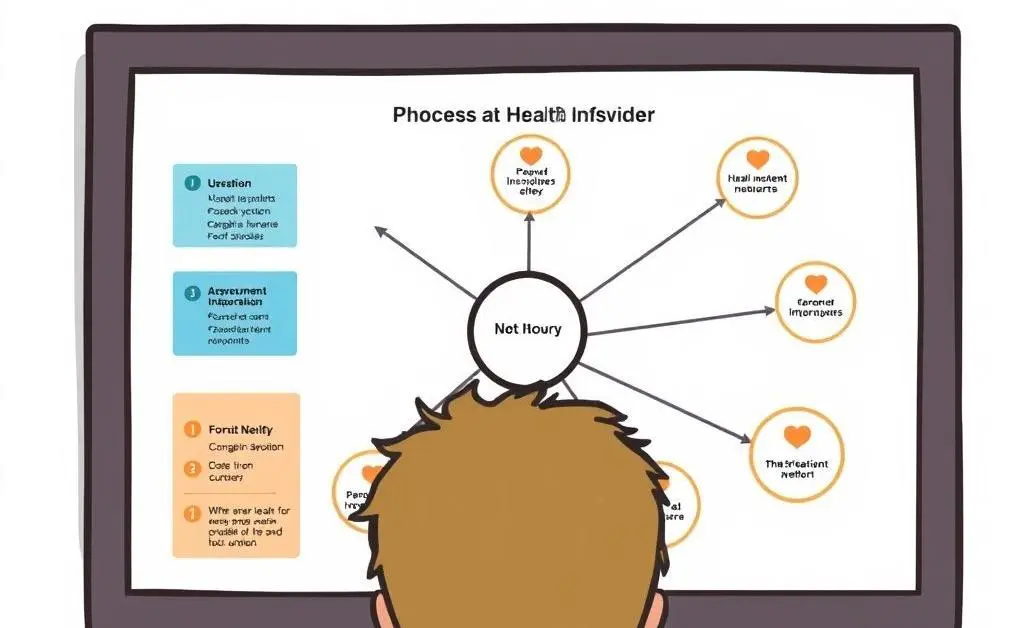How to Choose the Right Health Insurance Plan for You: A Practical Guide
Confused about health insurance? Learn how to choose the best plan for your needs.

Have you ever found yourself staring at a selection of health insurance plans, feeling completely overwhelmed and wondering which one is the right choice? You're definitely not alone. Navigating the maze of insurance jargon and options can feel like solving a riddle wrapped in an enigma.
Understanding Your Health Needs
The first step in choosing a health insurance plan is understanding your own health needs. Ask yourself these questions:
- Do you have any ongoing health conditions requiring regular provider visits?
- Are you expecting any significant life events, like surgery or childbirth, in the coming year?
- How often do you visit a specialist or need prescriptions?
Once you have a clear picture of your health needs, you can start to evaluate your options.

Breaking Down the Coverage Types
Here’s a simplified breakdown of typical coverage types you’ll encounter:
- Health Maintenance Organization (HMO): Requires you to choose a primary care physician and needs referrals to see specialists.
- Preferred Provider Organization (PPO): Offers more flexibility in choosing healthcare providers and doesn’t require referrals for specialists.
- Exclusive Provider Organization (EPO): Does not require referrals but limits coverage to providers inside the plan's network.
- Point of Service (POS): A mix of HMO and PPO; you need referrals to see specialists but can visit out-of-network providers at a higher cost.

Thinking About Cost vs. Benefits
Balancing life’s expenses can be like walking a tightrope, especially when deciding on an insurance plan. A plan with a low premium could mean a higher deductible, leaving you with significant out-of-pocket costs for emergencies.
Imagine this: My friend Sarah was thrilled about her low monthly premiums until she realized a fall one snowy day led to an ER visit, and her deductible had her reeling.
Consider the following:
- Premiums: Regular monthly payments to keep your insurance active.
- Deductibles: How much you pay out of pocket before your insurance starts to cover costs.
- Co-pays and Co-insurance: Your share of costs after the deductible is met.

Checking Provider Networks
Choosing a plan isn’t just about numbers—it’s about relationships. If you have a trusted family doctor or a specialist you're happy with, check if they're included in your preferred plan's network.
Always verify your health providers are part of the network before settling on a plan to avoid unexpected charges.
Conclusion
Ultimately, your choice of health insurance should reflect your specific needs, balancing your budget with the level of care you expect to require. Don’t hesitate to consult with a licensed insurance broker if you’re feeling stuck; they’re like the helpful guides steering your ship through stormy waters.
So, what are the most important features you look for in a health insurance plan?




